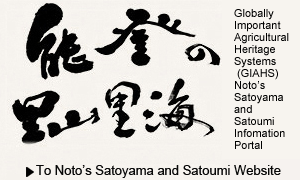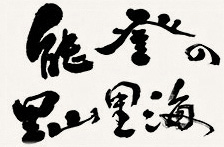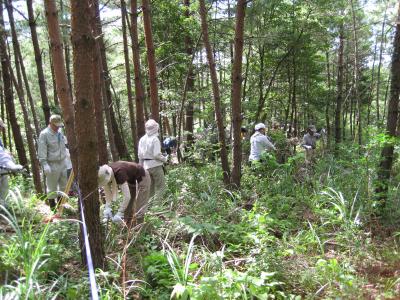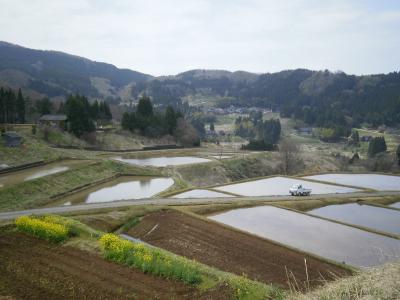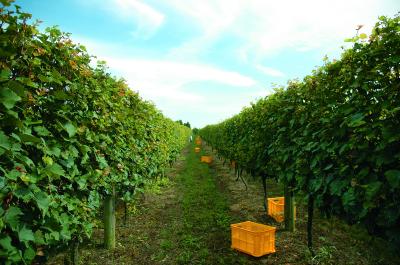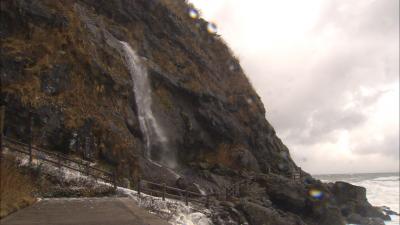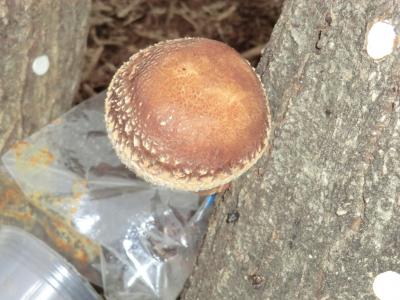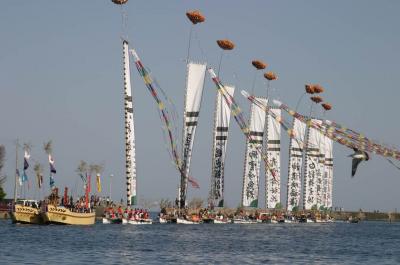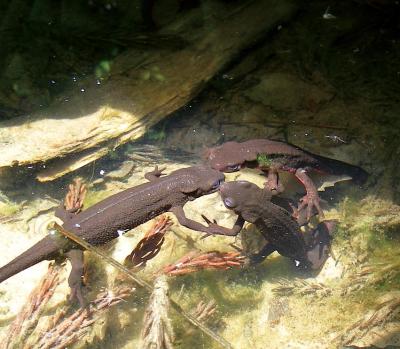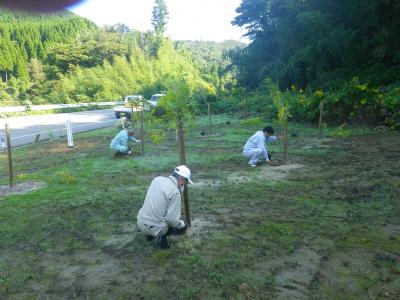
Name
Satoyama Conservation Activities
Address
Kodomari, Misaki-machi, Suzu City
Category
Natural landscape
Class
Conservation of Satoyama
Age
20th century~21th century
Comment
Various environmental activities have been carried out by local residents.
In Suzu City, the NPO “Noto Peninsula Oraccha no Satoyama-Satoumi” is playing a major role in conservation activities. It was developed from the previous Suzu Support Group, which was formed to support the activities of Kanazawa University’s Noto Satoyama-Satoumi Nature School established in Kodomari, Misaki-machi, Suzu City in 2006. Since 2008, when the group became an NPO, it has carried out various activities, including management of the forest around the Nature School, restoration of a devastated paddy field biotope, and protection of water beetles. Another activity involves appropriate harvesting of trees in the forests to maintain the Satoyama environment, and then using them as firewood; this was adopted as a Community Support Project for Sound Material-Cycle Society by the Ministry of the Environment in 2008. In addition, environmental education programs for children are offered in forested areas on a regular basis.
“Maruyama-gumi” is a group that conducts activities with a focus on land-based study in Ichinosaka, Miimachi, Wajima. Since 2010, people with all kinds of backgrounds, including youth, seniors, farmers, biological researchers, cooks, dyeing artists, homemakers, folklorists, Shinto priests, administrative office workers, and college students have taken part in activities related to topics such as food, agriculture, nature, economics, learning, landscape and culture. The group aims to make an open space where people can learn at different levels of multilateral study, through discussions with other members, by using the skills and sensibilities of the participants. The major activities of the group include conducting surveys of the Satoyama ecosystem in the Maruyama area (Monitoring Sites 1000 Satoyama by Ministry of Environment), observation tours, open kitchens in which people cook using mountain plants and local ingredients, and have dinner with group members, making soy sauce using soybeans grown in the ridges between rice paddies and fields, and in rice paddies that have been abandoned and are no longer cultivated. In addition, the group organizes workshops on topics such as firefly observation and the agricultural ritual “Aeno-koto”.The latter was awarded “Biodiversity Action Prize 2014” (Organized by Japan Committee for UNDB).
In 1996, seven residents of the Miyaji and Sakeo areas of Noto Town used Shunran (Noble Orchid) for regional revitalization, by setting up the Shunran-no-sato Executive Committee and starting to cultivate Shunran in a greenhouse. Shunran is one of the wild orchid species, which blooms in the spring sunshine of Satoyama in pine forests and other wooded areas. While taking care to return some of the plant’s rootstocks to the natural environment to conserve Satoyama, they have sent pots of Shunran and regional products to amateurs of the shrub through a membership system.
In Anamizu Town, local residents set up the Satoumi Satoyama Revitalization Association of the Ninzaki and Shigaura areas in 2009, in order to conserve the natural environment so that Japanese crested ibis would fly over Anamizu Town once again. They are engaged in underbrush clearing in Satoyama, beach clean-ups, restoration of the Boramachi-Yagura fishing deck, etc. Off the coast of those areas, there is a good fishing ground with a lot of anglers known as “Kurodai-no-sato.” Every year, juvenile Japanese black sea bream are released for marine stock enhancement. About 20,000 young fish were released in 2014.
In Suzu City, the NPO “Noto Peninsula Oraccha no Satoyama-Satoumi” is playing a major role in conservation activities. It was developed from the previous Suzu Support Group, which was formed to support the activities of Kanazawa University’s Noto Satoyama-Satoumi Nature School established in Kodomari, Misaki-machi, Suzu City in 2006. Since 2008, when the group became an NPO, it has carried out various activities, including management of the forest around the Nature School, restoration of a devastated paddy field biotope, and protection of water beetles. Another activity involves appropriate harvesting of trees in the forests to maintain the Satoyama environment, and then using them as firewood; this was adopted as a Community Support Project for Sound Material-Cycle Society by the Ministry of the Environment in 2008. In addition, environmental education programs for children are offered in forested areas on a regular basis.
“Maruyama-gumi” is a group that conducts activities with a focus on land-based study in Ichinosaka, Miimachi, Wajima. Since 2010, people with all kinds of backgrounds, including youth, seniors, farmers, biological researchers, cooks, dyeing artists, homemakers, folklorists, Shinto priests, administrative office workers, and college students have taken part in activities related to topics such as food, agriculture, nature, economics, learning, landscape and culture. The group aims to make an open space where people can learn at different levels of multilateral study, through discussions with other members, by using the skills and sensibilities of the participants. The major activities of the group include conducting surveys of the Satoyama ecosystem in the Maruyama area (Monitoring Sites 1000 Satoyama by Ministry of Environment), observation tours, open kitchens in which people cook using mountain plants and local ingredients, and have dinner with group members, making soy sauce using soybeans grown in the ridges between rice paddies and fields, and in rice paddies that have been abandoned and are no longer cultivated. In addition, the group organizes workshops on topics such as firefly observation and the agricultural ritual “Aeno-koto”.The latter was awarded “Biodiversity Action Prize 2014” (Organized by Japan Committee for UNDB).
In 1996, seven residents of the Miyaji and Sakeo areas of Noto Town used Shunran (Noble Orchid) for regional revitalization, by setting up the Shunran-no-sato Executive Committee and starting to cultivate Shunran in a greenhouse. Shunran is one of the wild orchid species, which blooms in the spring sunshine of Satoyama in pine forests and other wooded areas. While taking care to return some of the plant’s rootstocks to the natural environment to conserve Satoyama, they have sent pots of Shunran and regional products to amateurs of the shrub through a membership system.
In Anamizu Town, local residents set up the Satoumi Satoyama Revitalization Association of the Ninzaki and Shigaura areas in 2009, in order to conserve the natural environment so that Japanese crested ibis would fly over Anamizu Town once again. They are engaged in underbrush clearing in Satoyama, beach clean-ups, restoration of the Boramachi-Yagura fishing deck, etc. Off the coast of those areas, there is a good fishing ground with a lot of anglers known as “Kurodai-no-sato.” Every year, juvenile Japanese black sea bream are released for marine stock enhancement. About 20,000 young fish were released in 2014.
Material Link
Views
Access number:9497

